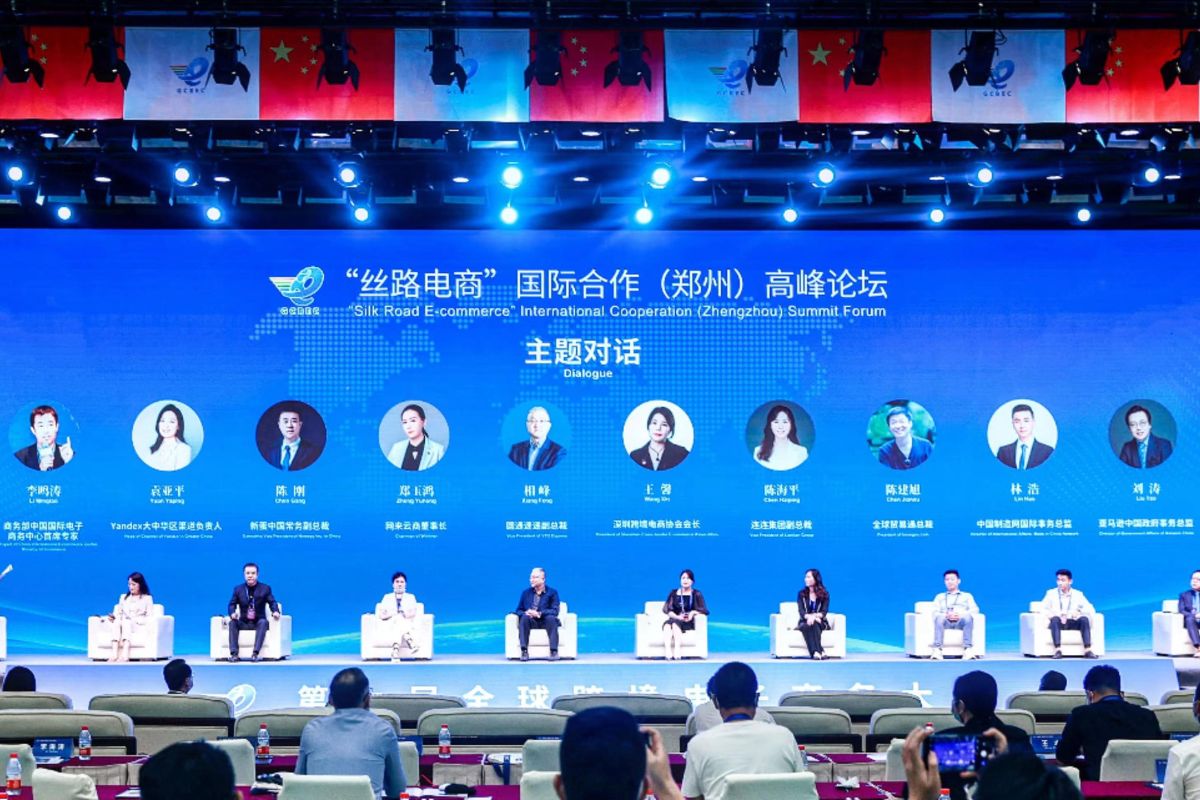South Korea to hold meeting of diplomatic missions next week
South Korea will open an annual meeting of its top envoys abroad next week with a focus on strengthening its diplomacy amid geopolitical challenges, the foreign ministry said on Thursday.
In light of the current geopolitical scenario wherein the China-USA rivalry is playing out in the Asia-Pacific, the RCEP holds great significance for Beijing and for foreign investors.

Image source Twitter
The Regional Comprehensive Economic Partnership or RCEP, covering nearly one third of the world’s population and GDP, represents the world’s largest free trade agreement to date. The trade pact, signed by 15 Asia-Pacific countries ~ China, Japan, South Korea, New Zealand, Australia, and the ten Association of Southeast Asian Nations (Asean) member-states is, as of today, effective for 12 of its 15 signatories (Indonesia, Myanmar, and the Philippines are yet to rectify the treaty). The RCEP aims to eventually remove tariffs on at least 90 per cent of goods traded among member countries and promote free trade, reinforce industrial and supply chains, eliminate tariffs, and open up services and investments to expedite regional economic recovery from the coronavirus pandemic. In light of the current geopolitical scenario wherein the China-USA rivalry is playing out in the Asia-Pacific, the RCEP holds great significance for Beijing and for foreign investors.
This is the context in which China’s cooperation with other RCEP members topped the agenda at the sixth Silk Road International Exposition held last week in Xi’an, capital of the Chinese province of Shaanxi. Since the beginning of this year, China has actively promoted what it terms “high-quality implementation” of the RCEP agreement by “providing better services, a more free and convenient business environment, and helping enterprises better grasp the opportunities thrown up” by the FTA. According to officially published data, China’s imports and exports with other RCEP members grew 7.5 per cent year-on-year in the first seven months of this year, while trade growth in July hit 18.8 per cent. Meanwhile, the rotating chair of Asean which is occupied by Cambodia at present has proven instrumental in the Southeast Asian grouping encouraging RCEP member-states to promote the implementation of the trade pact which came into effect on 1 January 2020.
The Consul General of Cambodia in Xi’an made it a point to iterate that the RCEP will intensify expanded market access between Cambodia and China, especially for agricultural, industrial and agroprocessed products. This was widely seen as a nudge to other Asean member-states to up their engagement with China under the auspices of the RCEP if they don’t want to be left behind. Beijing is doubling down on its narrative that the RCEP is a “key contributor” to Asean’s post-Covid 19 recovery strategy and has deepened industrial chain ties between China and the Southeast Asian bloc of nations. The pact brings huge import-export opportunities for China, encourages enterprises to expand exports in which China has comparative advantages, and increases imports of key technologies, components, and raw materials.
Advertisement
It will provide China with a more stable and solid connection with AsiaPacific countries strategically. For example, under the RCEP, China has established free trade relations with Japan for the first time in history, a move expected to boost economic integration and trade relations between the two countries. Will economics trump politics in the long run is the question.
Advertisement